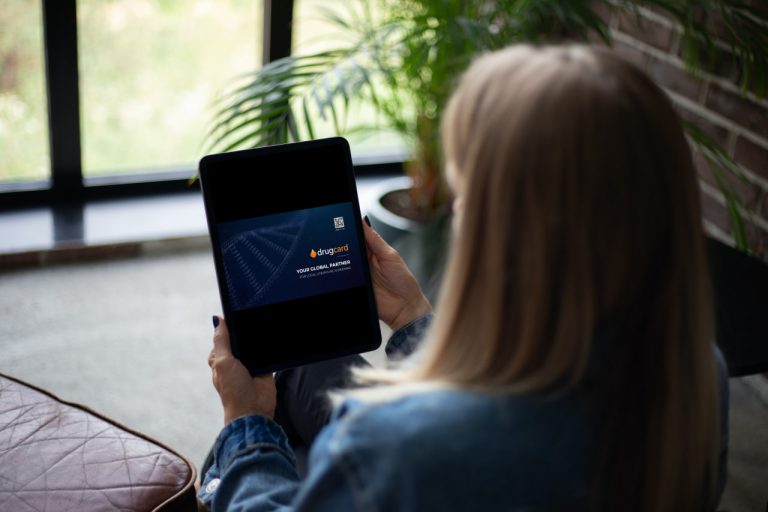Challenges of medical literature monitoring. Part 3: Documenting records
- 17/11/2022
Having become more closely acquainted with the literature monitoring process, we already know its main problems and challenges. This process is often time-consuming and can be prone to human error. Pharmacovigilance experts read medical literature to watch for any drug safety risks or new information on drugs. The sheer volume of scientific papers published daily can make this task impossible for humans to do manually. Also, adequate selection of local, non-indexed medical literature still appears to be one of the biggest challenges for the pharmaceutical industry. In the first part of the publication, we learned how to form a list of local journals. And in the second part, we dealt with the problem of how to search for information less costly. Now it’s time to answer the question – how to prove that the company is monitoring the literature. That is documenting records.
Give Me Paper
Everyone knows that the abbreviation GMP stands for «Good Manufacturing Practices». But another decoding is closer to funny terminology – «Give Me Paper». ‘If it’s not written down, it didn’t happen!’. The basic rules in any GMP regulations specify that the pharmaceutical manufacturer must maintain proper documentation and records. During inspections of manufacturing sites, regulatory inspectors often spend much time examining a company’s documents and records. After all, adequate documentation enhances the visibility of the quality assurance system. Therefore, evidence must be provided that a literature monitoring process has been carried out.
Basic requirements for documenting the literature monitoring process
The GVP dictates that detailed documentation and record-keeping are critical to proving that the literature monitoring process is being followed. Thus, each step of the process is expected to be documented. Therefore, there are several requirements for documenting the process, namely:
- Documentation should be systematic, well-structured, and reliable. Since the records are usually kept for a long period of time.
- A successful documentation system can easily and clearly answer who, what, when, where, and how the literature search was conducted.
What does the manual documentation process look like?
It’s probably theoretically possible. But in practice, it isn’t easy to imagine. Sometimes at training on pharmacovigilance, you can hear the recommendation – “take a screenshot when you view the article.” Really? And in this case, what should be shown to the auditors – a Word file with screenshots? Ok, but how to prove to the inspectors that this article was viewed at a certain time and the countdown of the day “0” started? We believe that people who say this have never done literature monitoring in practice.
We are convinced that it is impossible to document processes manually while complying with all GVP requirements.
How to solve all the problems with documenting records?
Automation will help get rid of the headache of documenting the process. Beyond demonstrating that local journals have been scanned for safety information, the input should be merged into a single pool of records. For example, the DrugCard platform contains a built-in system for generating reports on monitoring medical and scientific literature for any selected period. The DrugCard implements a Search Log to ensure data integrity and compliance with ALCOA tracking principles. As a result, you can trace everything that happened to the article. All processing and edit operations on each record should be tracked and changes recorded. An embedded solution, such as an Audit trail in the DrugCard platform, facilitates record processing, including notations on when edits were made and by whom. Please automate the process and sleep well!
Instead of conclusions
It is essential to prepare carefully for the audit or inspection. Companies must demonstrate that they conduct literature screening. According to the report of State Expert Center of the Ministry of Health of Ukraine, inadequate documentation of processes in pharmacovigilance led to critical inconsistencies found in one MAH. The gaps in the literature monitoring led to major findings in 7.1% of the cases of eight MAHs. Also, improper literature monitoring was the reason for establishing minor inconsistencies in six MAHs.
Ask yourself the question – can you clearly demonstrate that the literature monitoring process was carried out correctly and on time? If the answer is No, you urgently need to change your approach.




